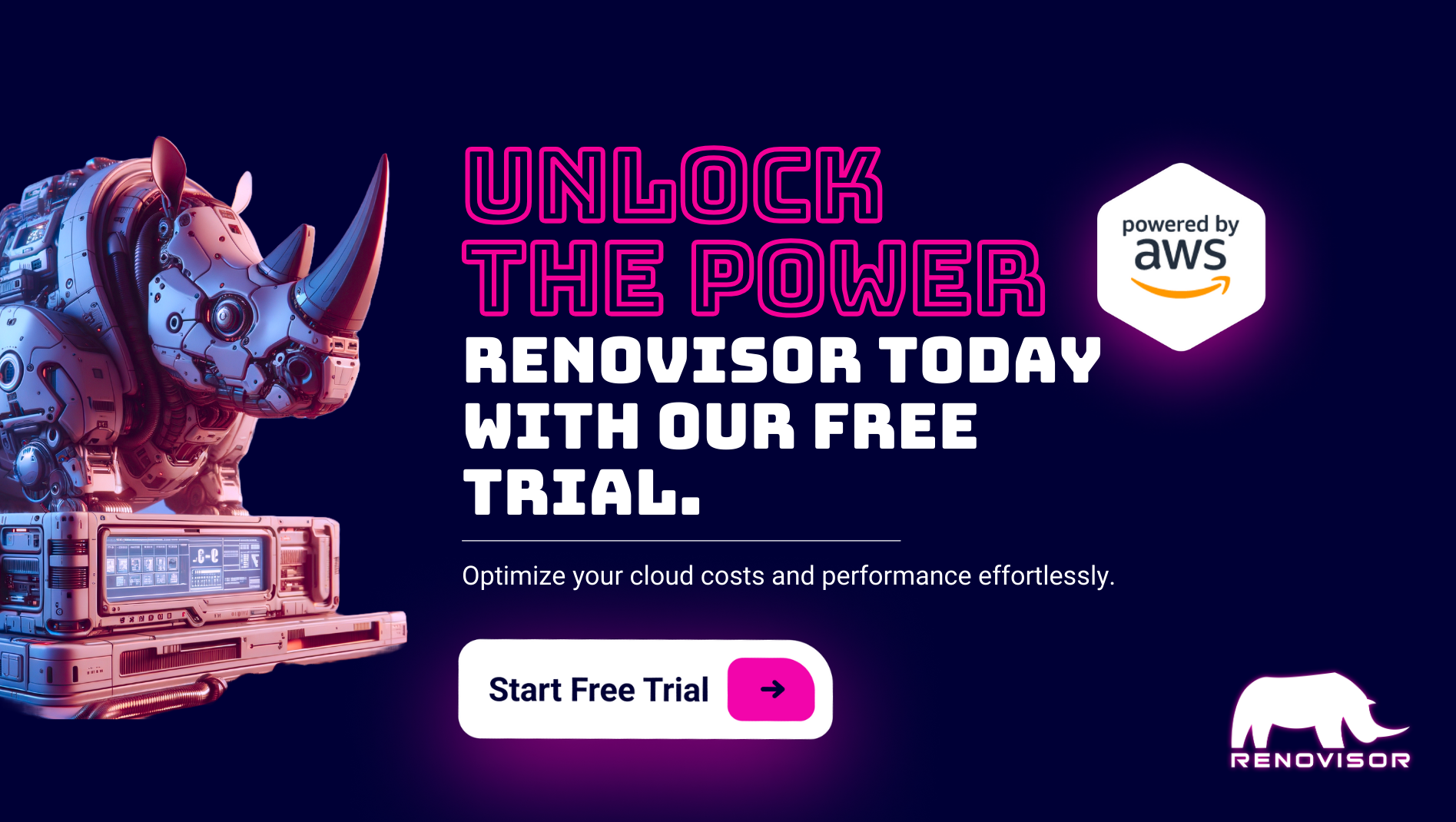


5 Things Successful CIOs Will Do by 2020



Samira Kabbour
CMO
It’s hard to believe it, but 2020 is right around the corner. How are the most strategic and
successful CIOs preparing for the dawn of a new decade? We asked a handful of technical
directors from Google Cloud’s Office of the CTO to share some words of wisdom with fellow
IT leaders. Keep reading to hear what they had to say.
Put customers first
Mobile apps, connected devices, wearables, social media, chatbots—people are engaging with brands in more ways than ever before, using a widening array of digital technologies. And increasingly, business success hinges on a company’s ability to create seamless, enjoyable experiences across these disparate touchpoints. Indeed, research shows a strong correlation between superior customer experiences and revenue growth.
“Consumer expectations are at an all-time high, and the bar will keep rising through 2020,” explains Jamie Erbes, a technical director for Google Cloud. “People want products and services that offer a high level of personalization and adapt to their lifestyle. When that doesn’t happen, they quickly move on.”
As digital experience becomes a major differentiator, savvy IT leaders are redefining their roles within the enterprise to focus on driving business value. Rather than simply putting out fires and keeping the lights on, they’re enabling employees to give customers what they want, continuously deliver improvements, and quickly respond to feedback. It all boils down to a few basic themes: data analytics, machine learning, cloud services, and the transformation of the IT department.
Do data differently
Today’s businesses are already laying the foundation for better digital experiences in 2020 and beyond—even if they don’t realize it. Sprawling across screens and devices, the modern customer journey generates a constant stream of information about what works and what doesn’t. CIOs are uniquely positioned to harness all of this data through advanced analytics and reach across organizational silos to give everyone the insights they need to make
smarter business decisions.
“Businesses that want to win in 2020 need to think about how every interaction with their customers or supply chain makes them a better business,” says Scott Penberthy, a technical director for Google Cloud. “Even if you’re not doing this, your competitors already are.”
For some CIOs, all the commotion surrounding big data is already old news: in a 2015 survey of IT decision-makers, 53% had kicked off data-driven projects or planned to do so within a year. But as technology advances, CIOs will need to integrate new digital touchpoints, consider next-generation tools for fast and scalable processing, and reevaluate their storage strategy.
“By 2020, data won’t be confined to large data centers,” Erbes says. “Advances in physics will make it possible to let data live wherever it wants, like in your backpack or on your phone. As a result, CIOs and analysts will have to shift their thinking from columns and rows in a centralized enterprise data warehouse to flattened, distributed data sources that you can slice and dice any way you dream of.”
Automate the heavy lifting
Now, here’s where the year 2020 starts to look as futuristic as it sounds. That’s the year when the market for machine learning and artificial intelligence will reach $5 billion, up from $420 million in 2014, Research and Markets predicts.
Like advanced analytics, machine learning models create business value from the massive amounts of data within every organization. But what makes them so powerful is that they evolve and improve over time, Penberthy says. “It works as an AI loop,” he explains. “Your business processes are producing data. You can use AI to figure out what’s happening, feed it back to the field, and respond in minutes or hours instead of months. And it just keeps getting smarter and smarter.”
Even today, CIOs around the world are racing to adopt these powerful technologies. In 2016, 72% of the 1,600 enterprise decision-makers surveyed by Vanson Bourne had already fully or partially deployed AI solutions.
Evren Eryurek, also a Google Cloud technical director, notes that forward-thinking CIOs are applying machine learning to the particular pain points of their business and industry, whether that’s analyzing X-rays, sorting insurance claims, or routing customer support requests. “It removes the burden of manually sifting through all that data,” he says. “When software can handle tedious and time-consuming tasks, the jobs that remain can be
much more fun and creative.”
Make IT the department of yes
Red tape, slow approvals, rigid processes, access restrictions—traditional corporate IT departments get a bad rap. They’re often seen as frustrating impediments to productivity and collaboration, leaving employees no choice but to use unsanctioned apps that may jeopardize corporate data. This “shadow IT” has become a fact of life for 90% of CIOs, according to a 2015 Logicalis survey.
But it doesn’t have to be this way, says Max Saltonstall, another technical director at Google Cloud. “CIOs have it in their power to make IT fast, frictionless, and empowering,” he continues. “They need to shift their focus from keeping things running and cutting costs to helping employees become more efficient, productive, and collaborative, while creating an environment for innovation. The key is to give them awesome tools and great resources, and then get out of their way.”
Depending on a company’s specific needs and resources, this can be as simple as letting employees help themselves to an extra charger without having to involve the support team, Saltonstall explains. In other organizations, CIOs may choose to provide cloud-based tools that enable both developers and nontechnical staff to quickly build time-saving internal apps, sometimes without a single line of code.
“Everyone benefits from this kind of approach,” Saltonstall says. “Employees are happy because they don’t have to wait for someone from IT to address their issues. And the IT team is happy because they have more time for more interesting and challenging projects.”
Go all-in on public cloud
Between 2016 and 2020, worldwide spending on public cloud services will more than double, reaching $195 billion, according to the International Data Corporation. If today’s CIOs don’t take part in this movement, they may risk being left behind, according to Penberthy.
“We’ve all heard it before, but I’ll say it again: Now is the time to run, not walk, to the public cloud,” he says. “Cloud solutions are smarter and faster, and many also include cutting-edge security features that use artificial intelligence to stay ahead of new threats.”
Many of those cloud-bound dollars will doubtless be diverted from the on-premises systems that today’s CIOs own and manage—and maybe even designed and built. Nevertheless, forward-thinking IT leaders will undertake the difficult task of spearheading their companies’ public cloud adoption, moving away from the corporate data centers that once defined their jobs.
Why? Instead of wrangling dusty servers, patching obsolete software, and losing sleep over the security risks of shadow IT, these CIOs will write the next chapter for their organizations. Empowered by the speed, agility, and infinite scalability of the cloud, employees can create efficient business processes and seamless customer experiences, ensuring a competitive edge in 2020 and beyond.
Source: Google Cloud



